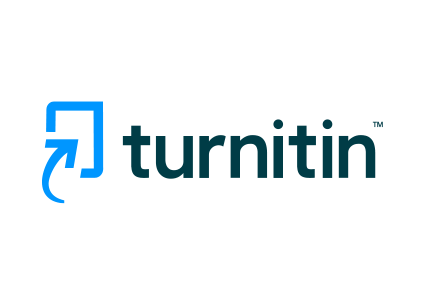PERCEPTIONS OF HIGH SCHOOL TEACHERS IN PALU CITY TOWARDS DIFFERENTIATED LEARNING
Keywords:
Perception, Teachers, Differentiated LearningAbstract
Differentiated learning is an approach that adapts to the learning needs of each student. Teachers provide facilities that suit students' individual needs, bearing in mind that each student has unique characteristics and cannot be treated uniformly. This article aims to provide a deeper understanding of learning differentiation and explore teachers' perceptions regarding its implementation in the classroom. The results of interview research show that the purpose of differentiated learning is to coordinate learning by paying attention to students' interests, readiness and learning preferences. This aims to help all students achieve learning goals, increase motivation and learning outcomes, and establish a harmonious relationship between teachers and students, so that students are more enthusiastic about learning. In conclusion, differentiated learning gives students the opportunity to learn naturally and efficiently with the help of teachers who are able to combine the required methods and approaches. There are several obstacles that arise, such as limited facilities and infrastructure that support the differentiated learning process, teachers need time to prepare learning instruments, appropriate methods and appropriate media, implementing differentiated learning requires relatively high costs and teachers must have good classroom management skills. .
References
Commbs, Phillip H. (1982). What is Educational Planning. Translation: Bhatara Team. Jakarta: Literary Works.
Creswell, John W. (2018). Essential Skills For Qualitative Researchers. Yogyakarta: Student Library.
Faiz, A., & Faridah. (2022). Mobilizing Teacher Program as a Learning Resource. Constructivism: Journal of Education and Learning, 14(1), 82–88.
Heryyanti, DA, Tanzeh, A., & Masrokan, P. (2021). The Influence of Style, Interests, Habits and Learning Environment on the Learning Achievement of Madrasah Ibtidaiyah Students in the New Normal Era. Educative: Journal of Educational Sciences, 3(6), 3935–3945. https://doi.org/10.31004/edukatif.v3i6.1331
Herwina, Wiwin. (2021). Optimizing Student Needs and Learning Outcomes with Differentiated Learning. Educational Science Perspectives 35, no. 2 : 175–82.
Majid, Abdul. (2005). Learning Planning, Developing Teacher Competency Standards. Bandung: Rosdakarya Youth.
Marlina, M. (2019). Guide to Implementing Differentiated Learning Models in Inclusive Schools. Padang State University.
Maryam, Atik Siti. (2021). Strategy for Implementing Differentiated Learning. Ministry of Education, Culture, Research and Technology.
Miles, MB, Huberman, AM, and Saldana, J. 2014. Qualitative Data Analysis, A Methods Sourcebook, Edition 3. USA: Sage Publications. Translated by Tjetjep Rohindi Rohidi, UI-Press.
Tomlinson, C. A. (2000). Differentiation of Instruction in the Elementary Grades. ERIC Digest, 1–7.
Tomlinson, C. A. (2001). How to differentiate instruction in mixed-ability classrooms. ASCD. Tomlinson. (PGP Module 2.1, 2020).
Tomlinson, Carol Ann, & Moon, T. (2014). Assessment in a differentiated classroom. Proven Programs in Education: Classroom Management and Assessment, 1–5.
Sumarsih, Ineu, et al. (2022). Analysis of the Implementation of the Independent Curriculum in Elementary School Driving Schools. Basicedu Journal Vol. 6 No. 5 (2022).
Yonanda, DA, Supriatna, N., Hakam, KA, & Sopandi, W. (2023). The Effectiveness of Teaching Materials of Local-Wisdom Based Picture Storybooks on the Eco-Literacy of Elementary School Students. Al Ibtida: MI Journal of Teacher Education, 10(1), 143. https://doi.org/10.24235/al.ibtida.snj.v10i1.12558
Downloads
Published
Issue
Section
License
Copyright (c) 2024 Putu Satya Narayanti, Lilies Tangge, Afadil Afadil

This work is licensed under a Creative Commons Attribution-NonCommercial-ShareAlike 4.0 International License.










